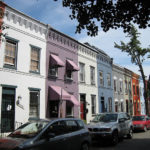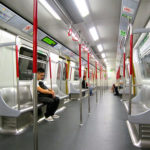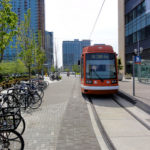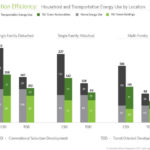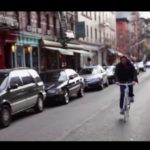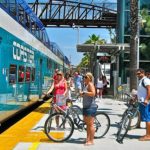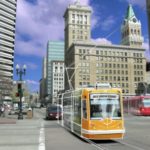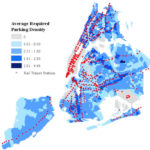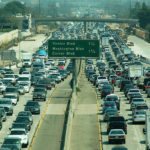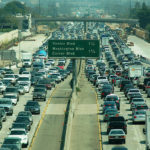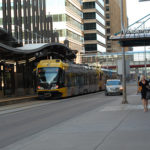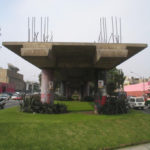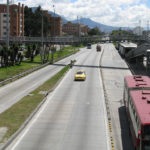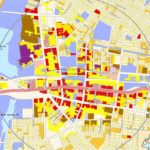Posts tagged with 'transit-oriented development (TOD)'
The District of Columbia Office of Planning, in cooperation with the Chicago-based Center for Neighborhood Technology, released a study that found transportation costs range from $8,500 to $25,000 per household in the D.C. region. The report, “H+T in DC: Housing + Transportation ...

Katlin Jackson and Julia Levitt are co-authors of this post. There is a lot of talk throughout the United States about transit-oriented development (TOD). The term describes the planning of private development around station areas for new transit system investments, ...

The Center for Transit-Oriented Development (CTOD), along with Nelson/Nygaard Consulting Associates, released a new strategic plan to advance transit-oriented development (TOD) in Portland, especially in areas outside of central Portland that have not had the same momentum for mixed-use and ...

Welcome to “Research Recap,” our series highlighting recent reports, studies and other findings in sustainable transportation policy and practice, in case you missed it. SMART GROWTH + GREEN TECH = ENERGY EFFICIENCY “Housing type and location, along with energy-use features ...

Welcome back to TheCityFix Picks, our series highlighting the newsy and noteworthy of the past week. Each Friday, we’ll run down the headlines falling under TheCityFix’s five themes: mobility, quality of life, environment, public space, and technology and innovation. Mobility Obama’s ...

This interview is part of a bi-weekly series with sustainable transportation advocates, planners, engineers, journalists, sociologists, and other experts working to shed light on best practices and solutions from across the globe. We welcome your suggestions for future Q&As. Arlington ...

Across large- and mid-sized cities, projects and initiatives that link transportation and the built environment to public health are gaining ground. A recent study by the Victoria Transport Policy Institute (VTPI) reports that a multi-sectored and collaborative approach to planning ...

Within five to ten years, Oakland, Calif., has the potential to become a model of urban revitalization and sustainable livability. It may sound a bit paradoxical — but it’s possible. The name Oakland still too often conjures images of a ...

WHAT THEY ARE Minimum parking requirements require developers to construct a minimum number of parking spots, depending on the zone and type of development — business or residential, for instance. As Michael Lewyn points out, for new residential developments in Jacksonville, ...

A few weeks ago, we wrote about California’s promising Senate Bill 375 (SB 375), which encourages transit-oriented development by requiring metropolitan planning organizations (MPOs) “to create and implement land use plans that use compact, coordinated, and efficient development patterns to ...

Over the next two decades, California will need at least two million new homes to accommodate its growing population, according to a recent report about creating dense urban development. To make sure this growth is sustainable, California enacted Senate Bill ...

The Center for Transit-Oriented Development (CTOD), a U.S. nonprofit that provides information and tools to support market-based transit-oriented development, recently released a guide, “Transit-Oriented Tools for Metropolitan Planning Organizations,” to help Metropolitan Planning Organizations (MPOs) take “a more proactive role ...

From 2006-2007, I spent one year living in Lima, Peru and researching its public transit system. Anyone who’s visited Peru’s capital understands what an adventure this was. Some of my most vivid memories of that time are of clinging to ...

Many transit advocates agree that bus rapid transit (BRT) can provide high-quality, efficient transportation at a fraction of the cost of rail. However, a common concern about BRT is that routes are not as permanent as tracks – in theory, ...

There has been a crisis of imagination, and your bold new ideas are urgently needed. There should be no preconceptions about what is or is not possible. What would you do on these acres of opportunity? Build a car-free community ...







